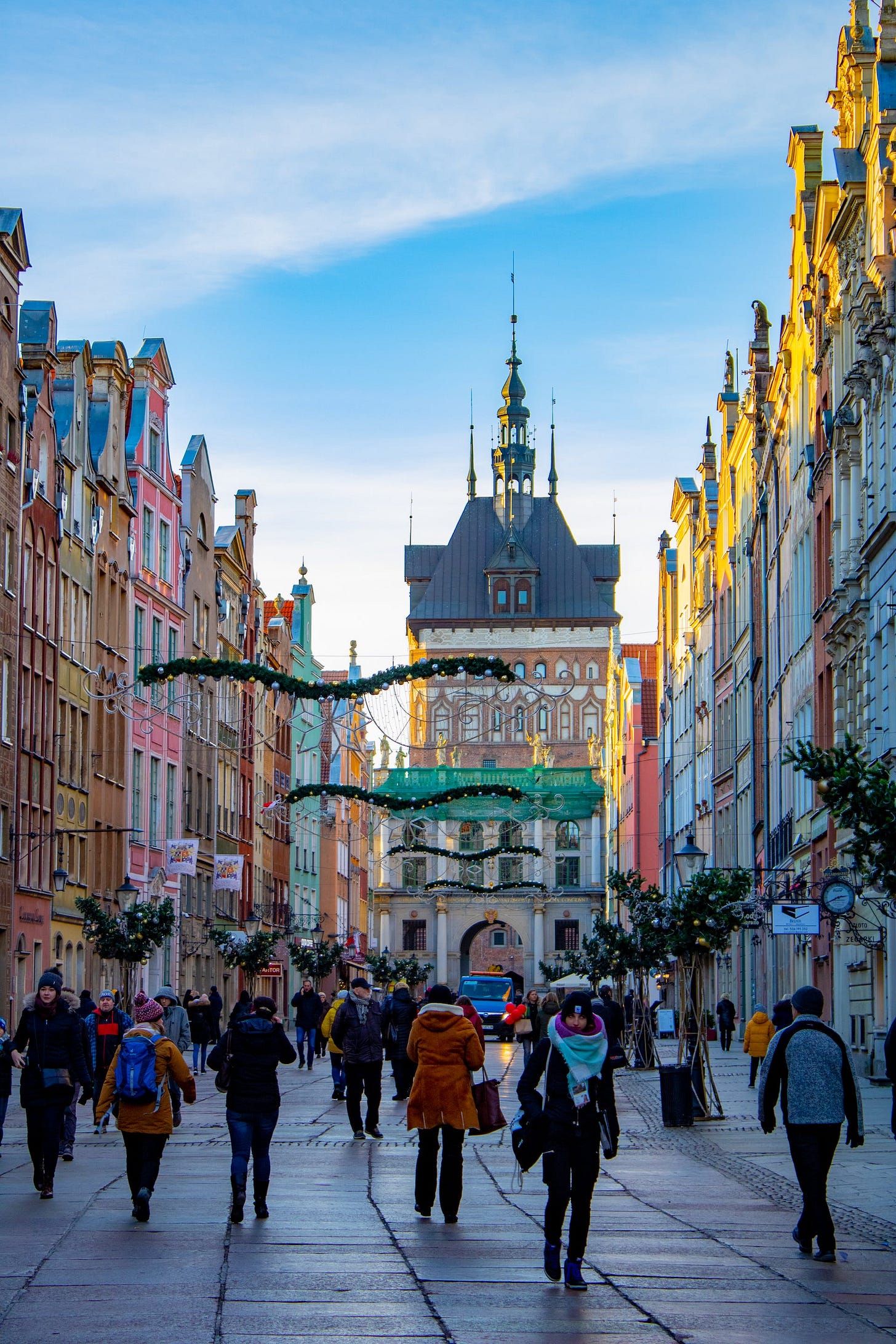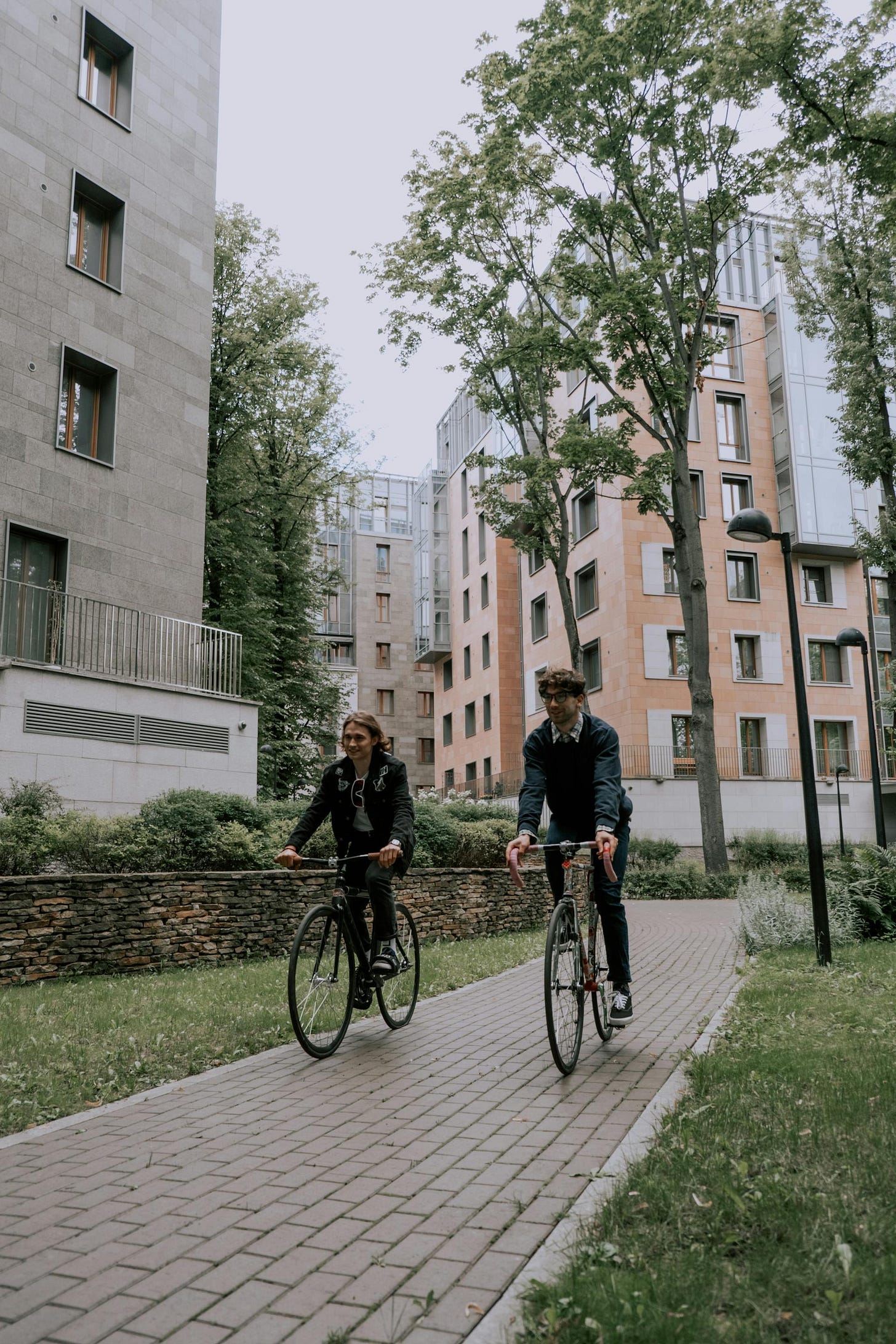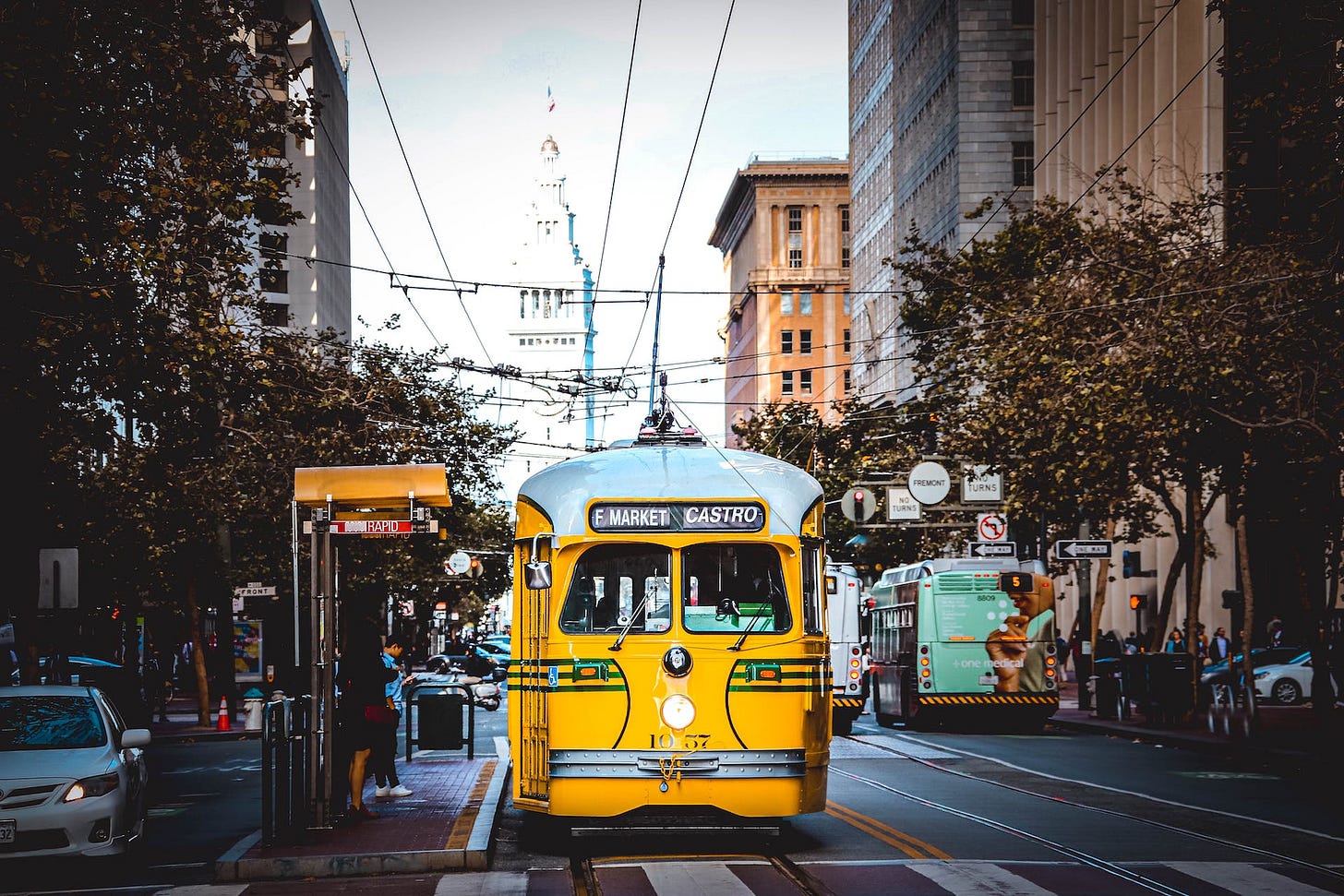What's the Most Valuable Type of Transportation Investment for a City?
We examine the benefits and costs of different forms of transportation
I hope everyone is having a great holiday season so far. Even though we are taking a break from our in person meetings for this month, I was still thinking that we could finish up our conversation on transportation. The class that Strong Towns provided to me has a few more topics for us to talk about such as transit, biking, walking, and public safety. On the 3rd weekend of this month be on the lookout for a newsletter post about those topics.
Though, looking through those topics got me thinking about the various modes of transportation that are available to us. In the seacoast region, we are pretty lucky to have such a broad transportation network with COAST, Wildcat Transit, Amtrak, sidewalks, and fairly bikeable streets near our downtowns. There’s always room for improvement, but when I think about our home in Gardendale, AL that had no sidewalks around it, no transit options serving the area, and even though the Wal-Mart in town was a 4 minute drive, there was no safe path to walk or bike to it along the street with a 35mph speed limit and no shoulder, I can appreciate how much the seacoast is offering. Many areas of the country are serviced by zero trains a day, so by comparison five a day seems fantastic.
Still, it is obvious by looking around that there is one mode of transportation that is prioritized in our cities above all the others. The automobile. Wide, highway-sized lanes run through our cities, large intersections filled with turning lanes, slip lanes, and traffic signals (we discussed how these are a low value solution for an intersection at our last meeting), and it is common to see 30mph or higher speed limits for vehicles in areas that also have crosswalks or bike lanes, a dangerous combination.
Though, perhaps that is the right choice. Maybe there is one form of transportation that is better for a city than others and maybe it is automobiles. I would like to make the case today that it is not and in fact, if we look at transportation through a Strong Towns lens we can identify that cars are actually a pretty unhealthy choice for a city to prioritize when it comes to the benefits and costs. I’m not saying that automobiles shouldn’t be a consideration, but we should recognize that they come with some of the highest costs and create lots of problems for a city to deal with.
A Healthy Transportation Pyramid
If we were searching for a form of transportation that delivers the most value for a city, then we need to look for something that has a low cost factor and lets people of that city move about freely and productively. So, let’s compare a few modes of transportation and see how they stack up and we’ll use a food pyramid kind of design to show us what we should be investing in more to create a more prosperous city.
Full disclosure, I found this article and I thought it had some great things to say. I wanted to talk about it, but contribute some additional thoughts to it.
Walking
It is the default method of transportation for humans and the easiest and cheapest to facilitate for a city. To make walking safe and productive you really only need a path, something as simple as a gravel trail can get people to places and you can build up from there. It doesn’t require complicated intersections or traffic engineers, congestion is rarely an issue that needs to be resolved, and most everyone can participate with just the price of some shoes.
Walking also allows for communities to meet and grow and makes people healthier. This is one of the highest returning transportation investments a city can make.
Biking
Similar to walking, biking is easy and cheap to facilitate. In fact, most higher quality walking infrastructure can double as biking infrastructure because the two modes can easily share space together without creating significant safety concerns. You do have additional public costs such as bike racks and places for people to store bike as well as the additional cost of biking gear for your citizens. However, most people can easily afford a bike and even mid-range E-Bikes aren’t crazy expensive. Speaking of E-Bikes, they have made biking a comfortable and viable mode of transportation for miles of travel.

With just a little more investment from public and private parties biking infrastructure can enable healthy, productive movement across a city.
Transit
We will talk more about transit in our next newsletter, but for the scope of this topic we can say that it allows for groups of people to move from one part of your city to the other and can create natural gathering points that can be productive hubs for people to invest in. The cost here is not insignificant as the planning and operations of such a network can be high and building those afore mentioned hubs or stations can take large investment. Nonetheless, once it is up and running, it is quite possible for fares of heavily used transit to pay for the cost of maintenance and operations going forward, and focusing on making transit an extension of walking is a great way to increase ridership.
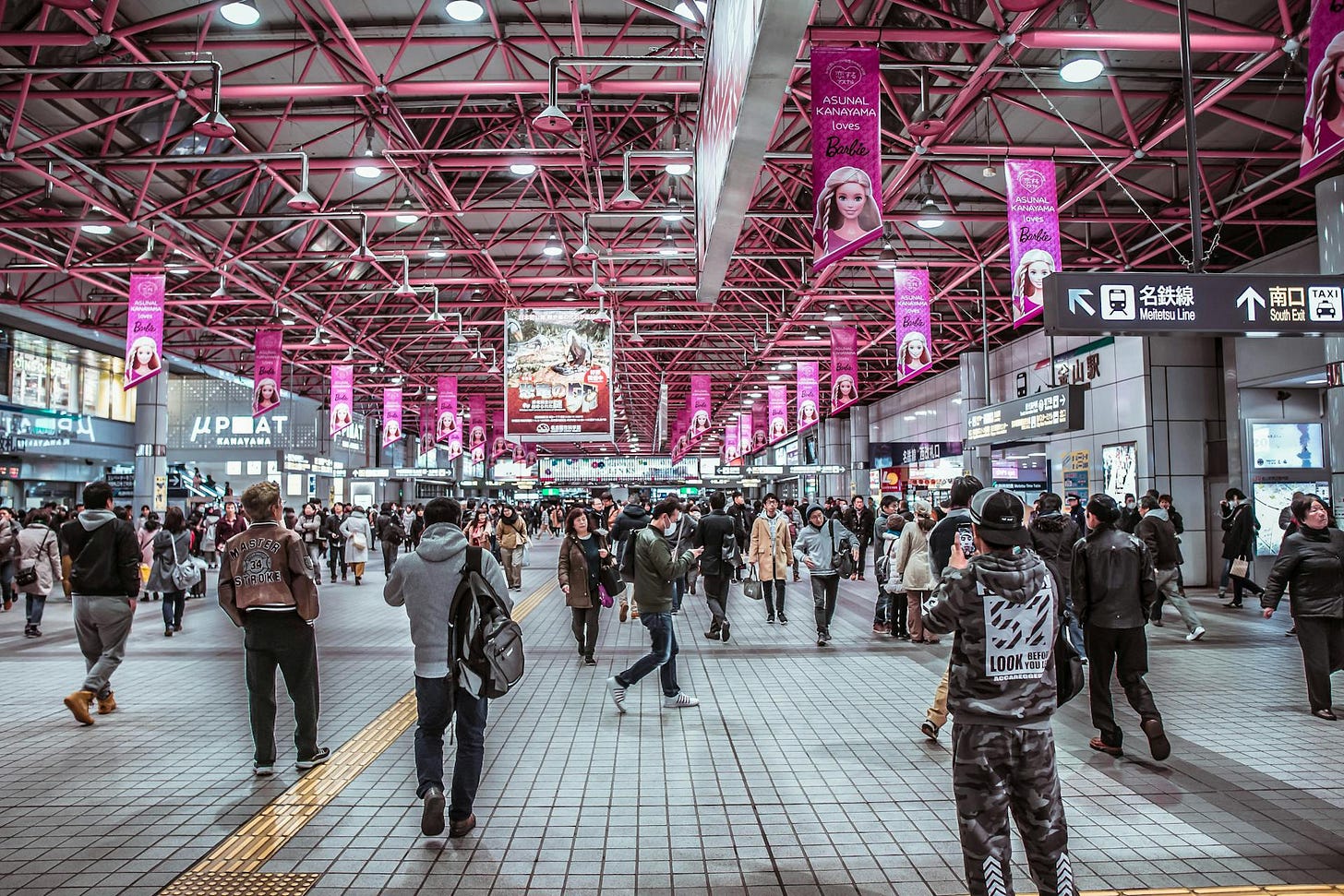
A well-design transit system can bring a lot of value to a community and the more people using your transit, the cheaper it becomes.
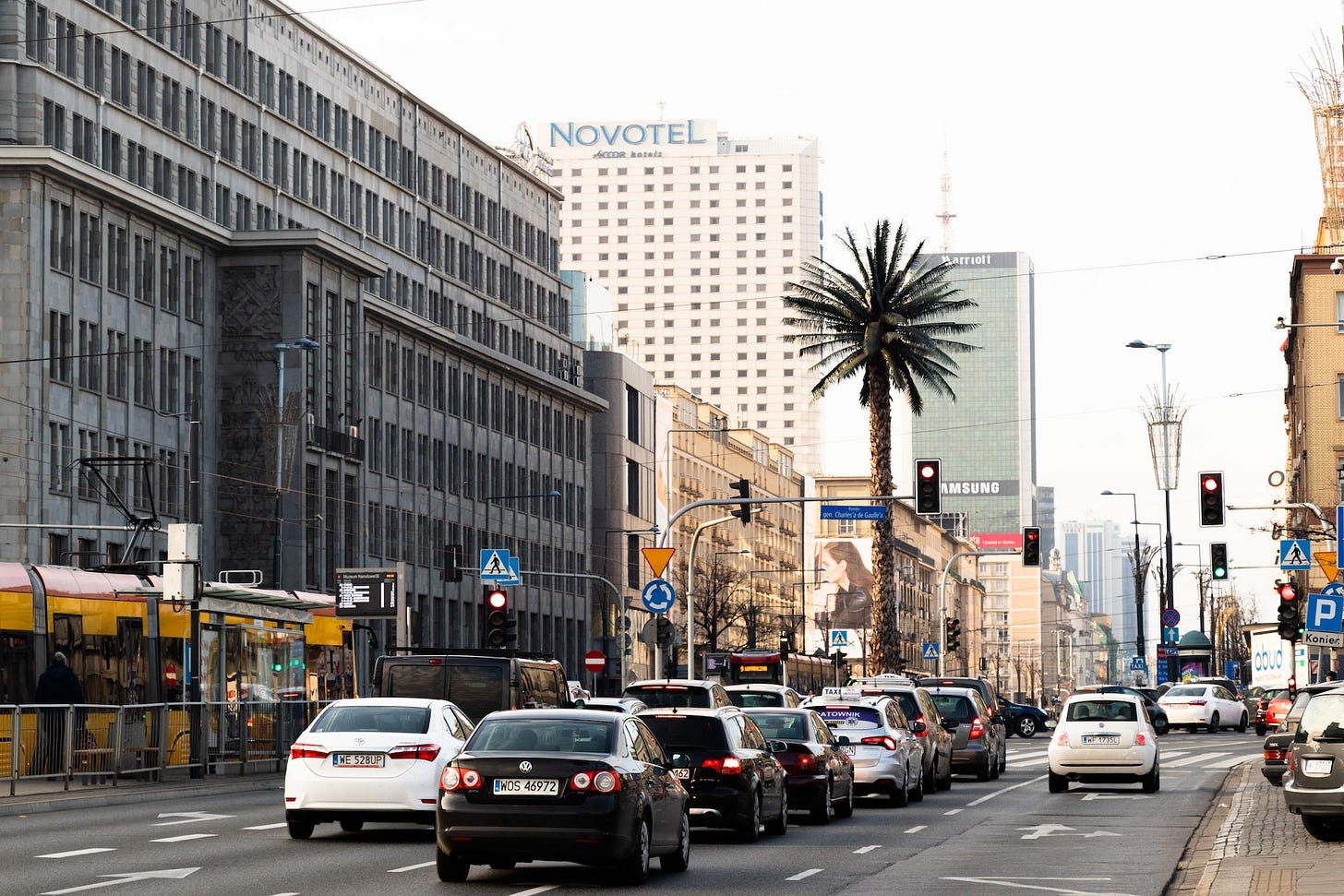
Automobiles
There is a number of useful and productive things that cars and trucks can do, but for both public and private parties, the cost of prioritizing automobile transportation is significantly high. For cities, they must build wider streets with huge concerns for safety as collisions have high probabilities of injury or fatality and there are additional requirements such as departments dedicated to this form of transportation, street signage, and parking. Areas that prioritize automobiles are often hostile or unpleasant for anyone outside of one and higher speeds require separate, additional infrastructure to facilitate walking or biking. For citizens, automobiles are one of the most expensive purchases they make and people frequently go into debt just to do so. This type of transportation also excludes people who cannot drive, such as children, or those who are unable to afford a vehicle.
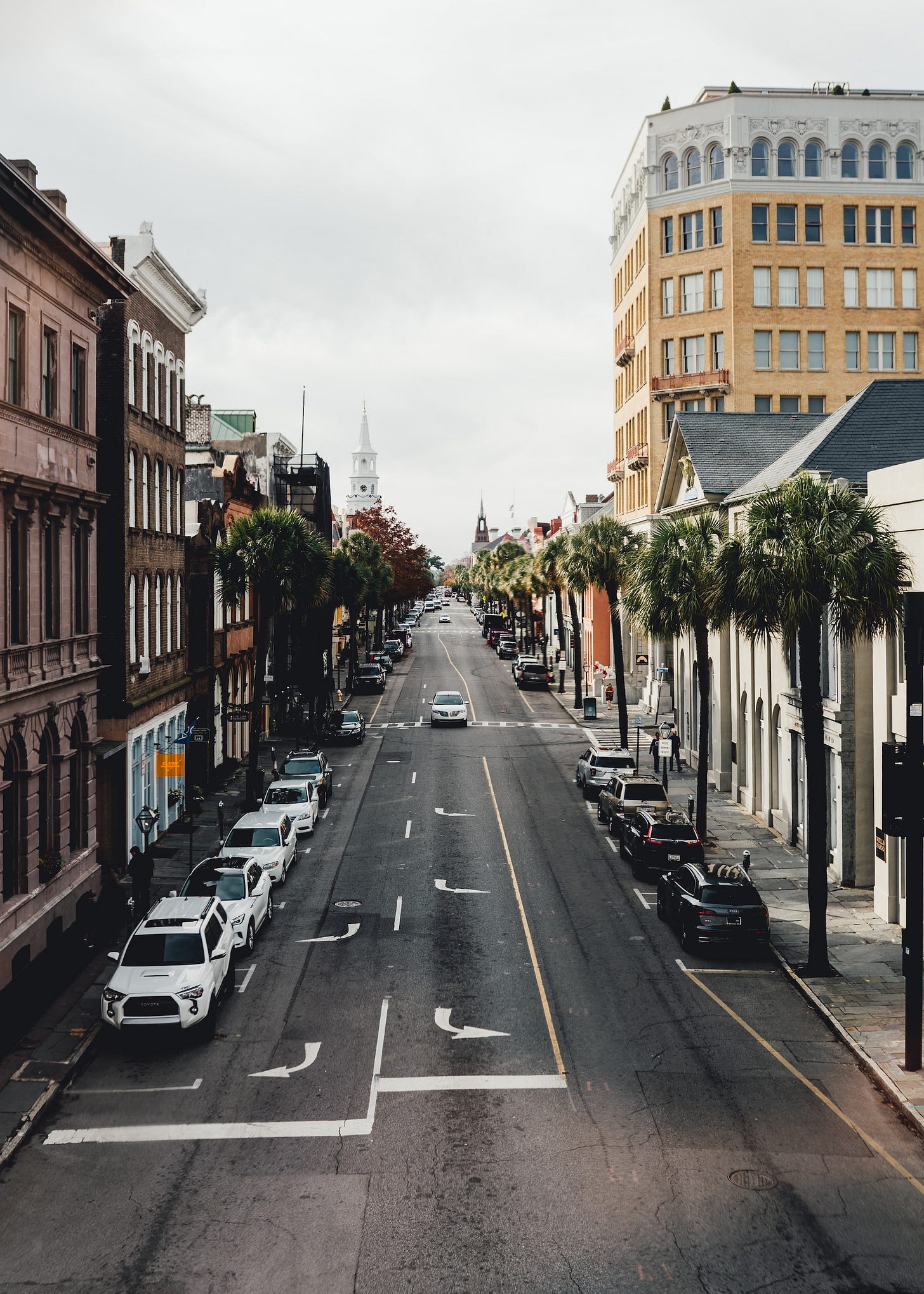
This is one of the highest costing forms of transportation, requiring an automobile to navigate your city raises the cost for everyday citizens to participate in daily life, and unlike transit the more people that use this form of transportation the more expensive it becomes.

Wrapping Up
Thank you so much for reading and being interested in these topics. I’ll send out a second newsletter for this month focused on transit and public safety and start planning our January meet-up.
P.S. If you want to hear more about why walkability is one of the best transportation investments a city can make you can check out this TED Talk from Jeff Speck, the author of Walkable City: How Downtown Can Save America One Step at a Time (an interesting read about this topic). Check out the video here:




